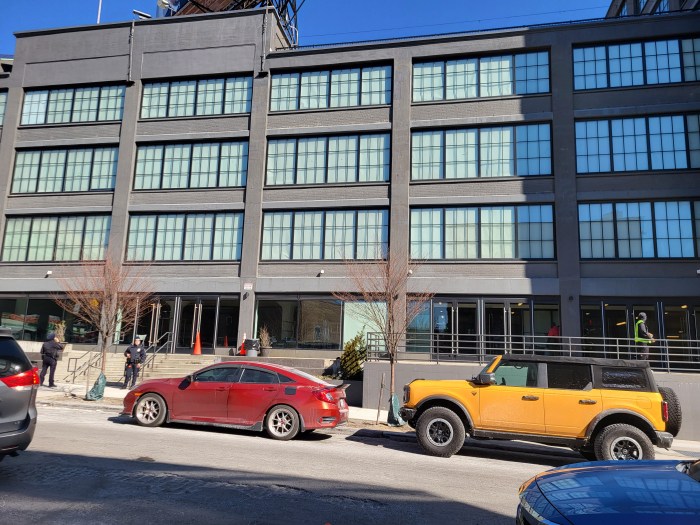
Winter is coming for NYC Ferry.
The city plans to scale back ferry service during winter months to match the expected decrease in ridership, officials said at a City Council hearing on Thursday.
While peak-hour ferry trips will continue as-is, riders should brace for fewer midday boats, according to James Wong, vice president of ports and transportation at the city’s Economic Development Corporation.
“In the middle of the day, on weekdays and on weekends, we will be declining services in order to sort of manage what we’re putting out and responsibly meeting demand where we expect,” Wong said at a hearing Thursday. “So in February, we are not going to be running every 30 minutes on some of these routes.”
“One of the important things, however, is that during a.m. and p.m. commuting hours, which is really where a lot of hour ridership is centered and where a lot of our focus is, to make sure that we’re helping helping people get to and from work—those schedules do not change based on the season,” he continued.
The EDC is also in the process of “winterizing” new NYC Ferry landings via the installation of windscreens and infrared heaters.
In the first six months of ferry service, NYC Ferry tallied more than two million trips — a larger number than expected and one that challenged service with long lines and delays. Hornblower, the ferry operators, has had to charter between two and three vessels each day in order to keep up with demand. Last month, the EDC announced that it would be spending millions to revise its order of vessels to ensure that three boats will have an increased capacity.
Brooklyn Councilman Carlos Menchaca questioned whether the city will struggle to meet ridership demands in the winter, when riders will all huddle inside. Seth Myers, the director of project implementation at the EDC, said the 150-capicity of each ferry does note include the upper deck. Wong warned, however, that everyone might not have a seat inside.
“The capacity of the boat should not change whether people use the upper deck or the lower deck,” said Myers. “The boat at-large is ready for a capacity of passengers on it that’s based on the ability to evacuate the amount of crew they have and life jackets and that should not change whether people are below or above the top deck.”
Brooklyn Councilman Stephen Levin said he was concerned that NYC Ferry service is not “a reliable commuter network.” As an example, he said he was a half-hour late heading to Manhattan one day when a 3:50 p.m. boat failed to show up at his landing without any service announcement.
“There was no communication; they didn’t tell people who were waiting … it’s not like the subway where it’s coming every seven minutes. This is every half an hour,” Levin said. “And that type of experience stays with you.”
Myers said the EDC is “driving very hard” to push for more improvements in communication, particularly through the NYC Ferry app, social media, and through customer service reps at landings.
“In many ways when it comes to capacity or crowding, that has been a challenge — a success-driven challenge that we’re working hard to address,” he said.




































